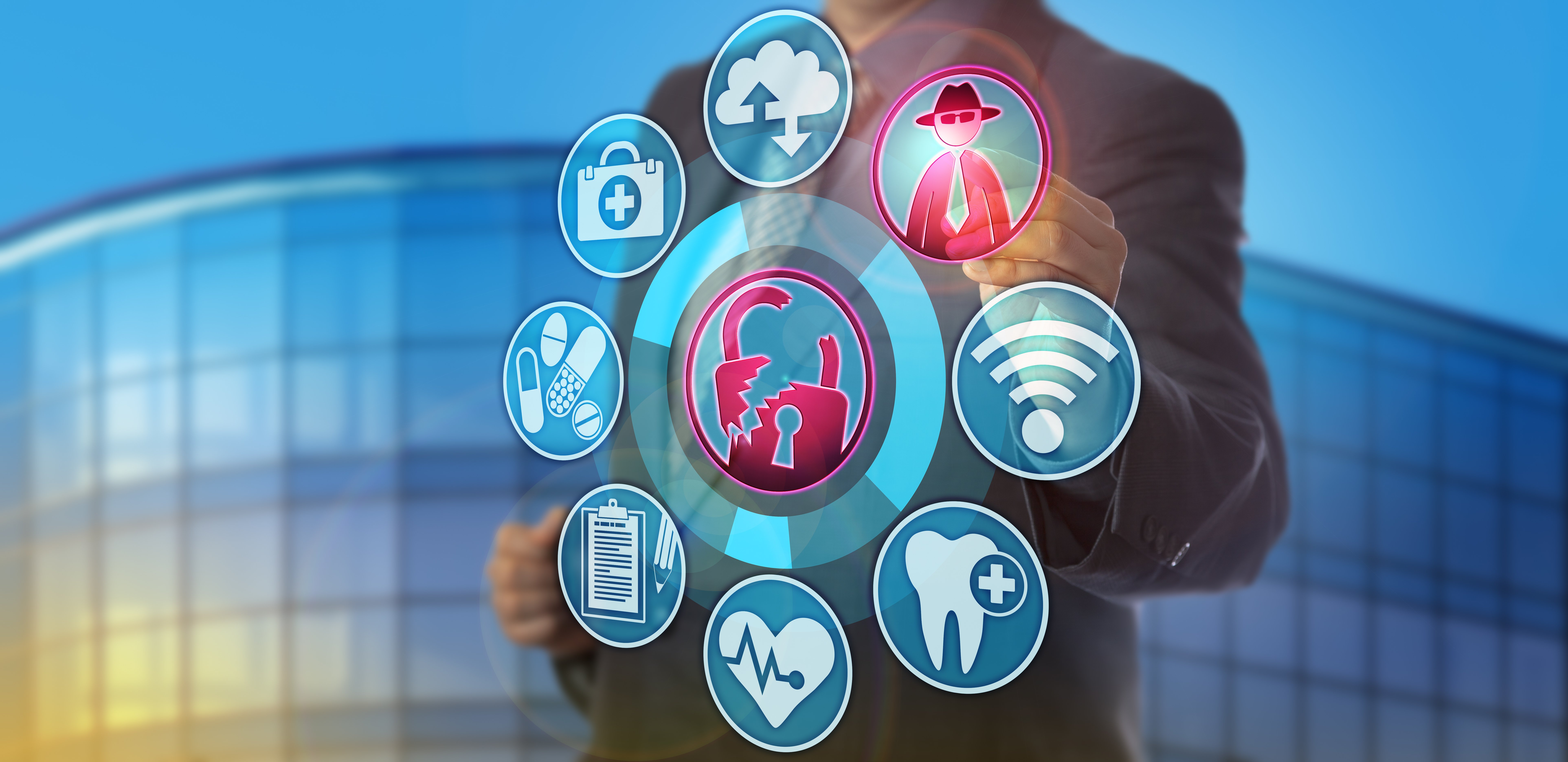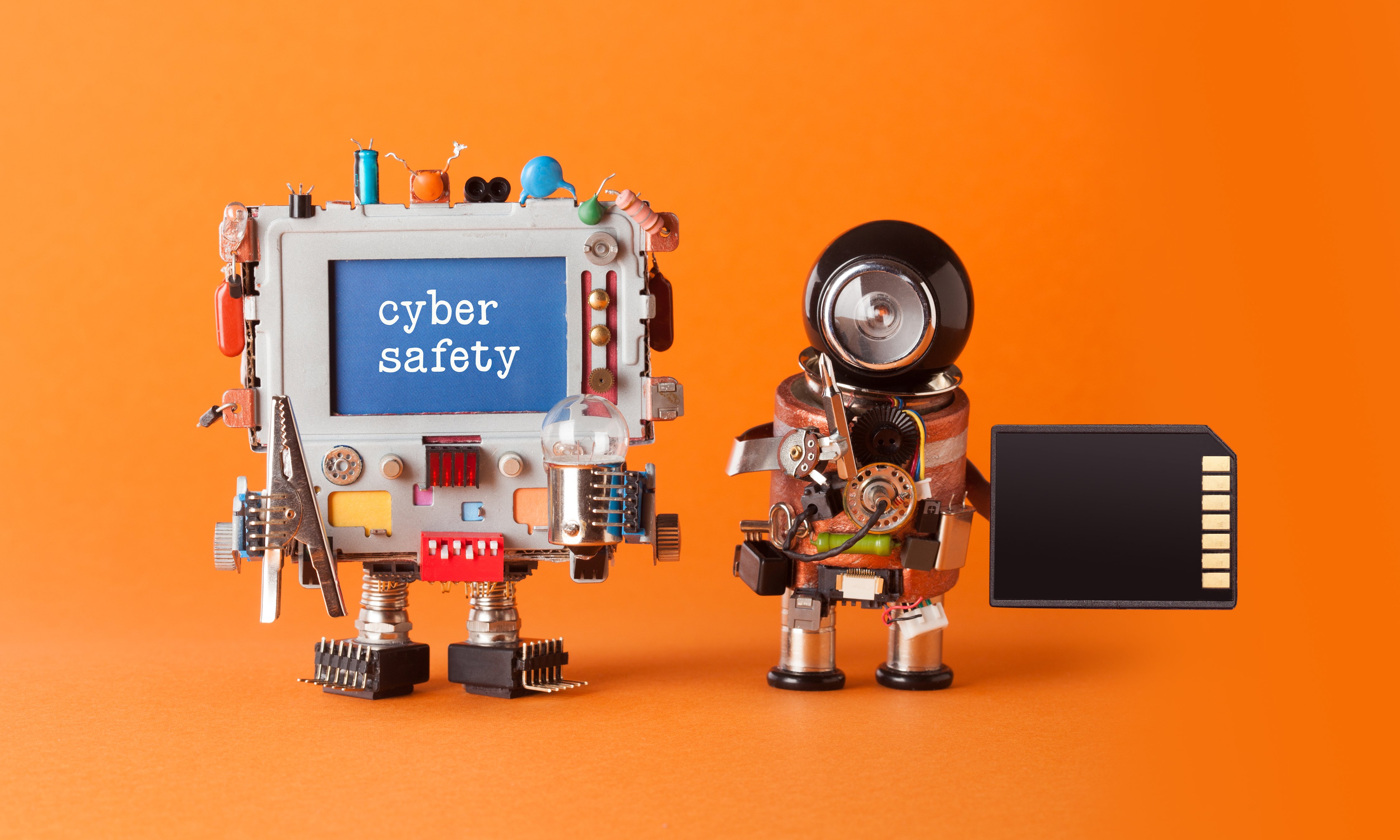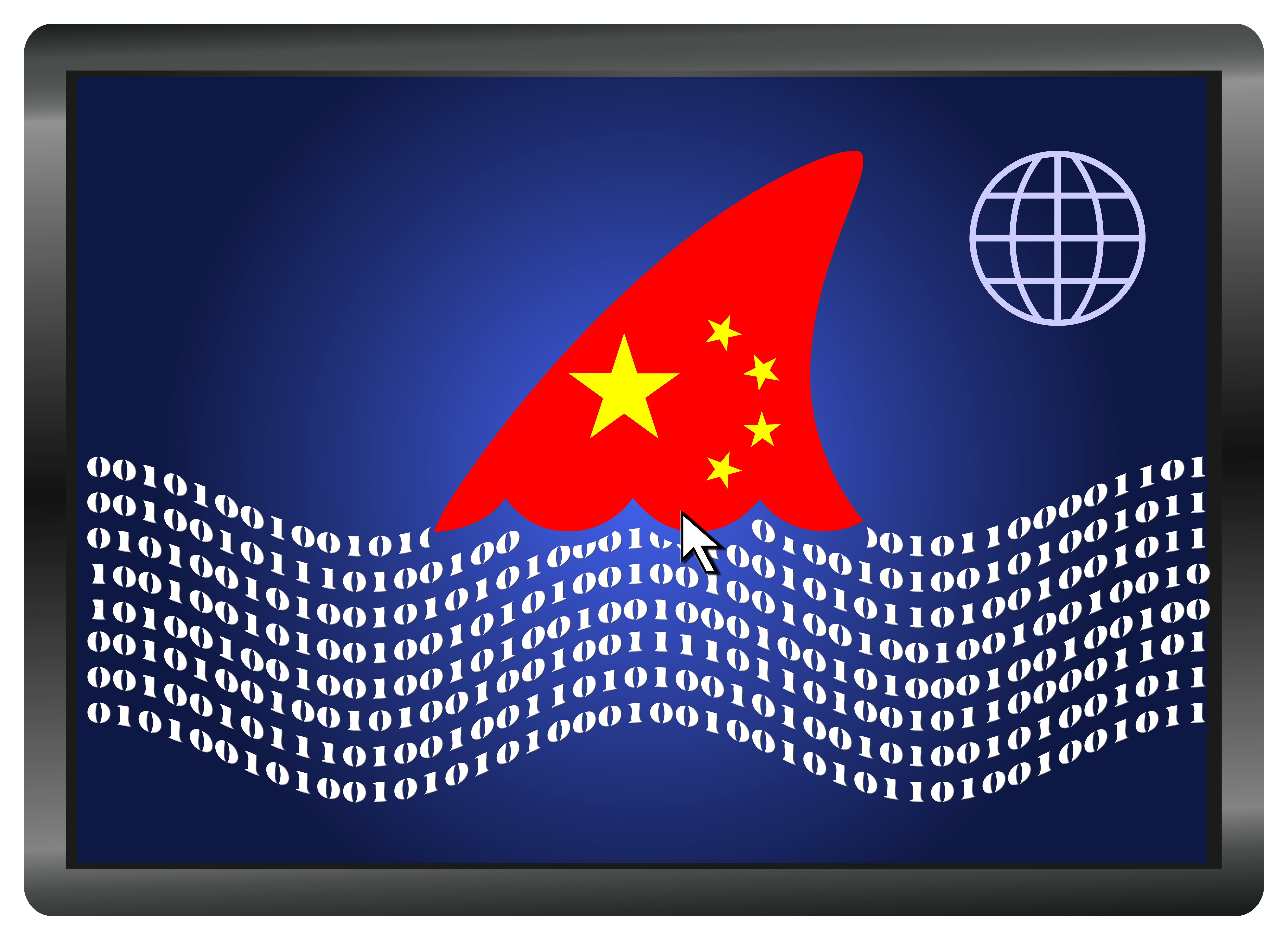The 5 top healthcare cyber threats, according to the U.S. Department of Health & Human Services’ new guide
The financial impact of healthcare cyber attacks can be devastating, especially to small organizations. The HHS points out that the healthcare industry has the highest data breach cost of any industry, at an average of $408 per record and $2.2 million per organization. In 2016, the healthcare industry as a whole lost $6.2 billion to data breaches.

Noting that healthcare cybersecurity is “the responsibility of every health care professional, from data entry specialists to physicians to board members,” the U.S. Department of Health and Human Services (HHS) has published Health Industry Cybersecurity Practices: Managing Threats and Protecting Patients (HICP). The four-volume publication, which was mandated by the Cybersecurity Act of 2015, is aimed at hospital executives and cybersecurity professionals in healthcare organizations of all sizes and leverages the NIST Cybersecurity Framework. It outlines what the agency considers to be the most common healthcare cyber threats and recommends best practices to mitigate them.
Email phishing
The overwhelming majority of successful cyber attacks begin with a phishing scheme. Business email compromise (BEC), a highly targeted spear phishing technique, is responsible for over $12 billion in losses globally. Although many people still equate phishing with emails, this healthcare cyber threat has evolved, with hackers employing text messages, phone calls, and even social media “quizzes” to trick unwitting victims.
Ransomware
While cryptojacking is now the most common type of malware, ransomware is still a significant healthcare cyber threat, primarily because of the time-sensitivity of the information processed and stored in healthcare data environments. One-quarter of SamSam ransomware victims are in the healthcare sector. Authorities believe the SamSam hackers have earned over $6 million from their malware.
Loss or theft of hardware
Mobile devices, such as laptops, tablets, and smartphones, have opened up the world of remote work. In the healthcare industry, mobility makes electronic health records feasible; healthcare providers can access patient data from anywhere. However, these devices also present a major healthcare cyber threat, as they are easily lost or stolen. Even if a device is ultimately recovered, PHI and other sensitive information may have been compromised.
Insider, accidental, or intentional data loss
Insider threats exist in every organization, and there are two types: accidental and intentional. Intentional insider threats, which involve purposefully malicious behavior, represent the minority of cases. However, even an accidental insider healthcare cyber threat – an employee being tricked into clicking on a phishing link or sharing their password “just this one time” – can result in a ransomware attack, a data breach, or other cyber attack.
Attacks against smart medical devices
Smart devices are proliferating like rabbits, but a lack of common security standards means many devices suffer from serious security vulnerabilities. The proliferation of medical IoT devices has given hackers a much broader attack surface on which to target healthcare organizations. Recognizing the severity of this healthcare cyber threat, NIST has released a guide for securing medical IoT devices, SP 1800-8. While SP 1800-8 specifically addresses infusion pumps, the guidelines can be applied to the entire medical IoT ecosystem.
The cybersecurity experts at Continuum GRC have deep knowledge of the cybersecurity field, are continually monitoring the latest information security threats, and are committed to protecting your organization from security breaches. Continuum GRC offers full-service and in-house risk assessment and risk management subscriptions, and we help companies all around the world sustain proactive cybersecurity programs.
Continuum GRC is proactive cybersecurity®. Call 1-888-896-6207 to discuss your organization’s cybersecurity needs and find out how we can help your organization protect its systems and ensure compliance.




